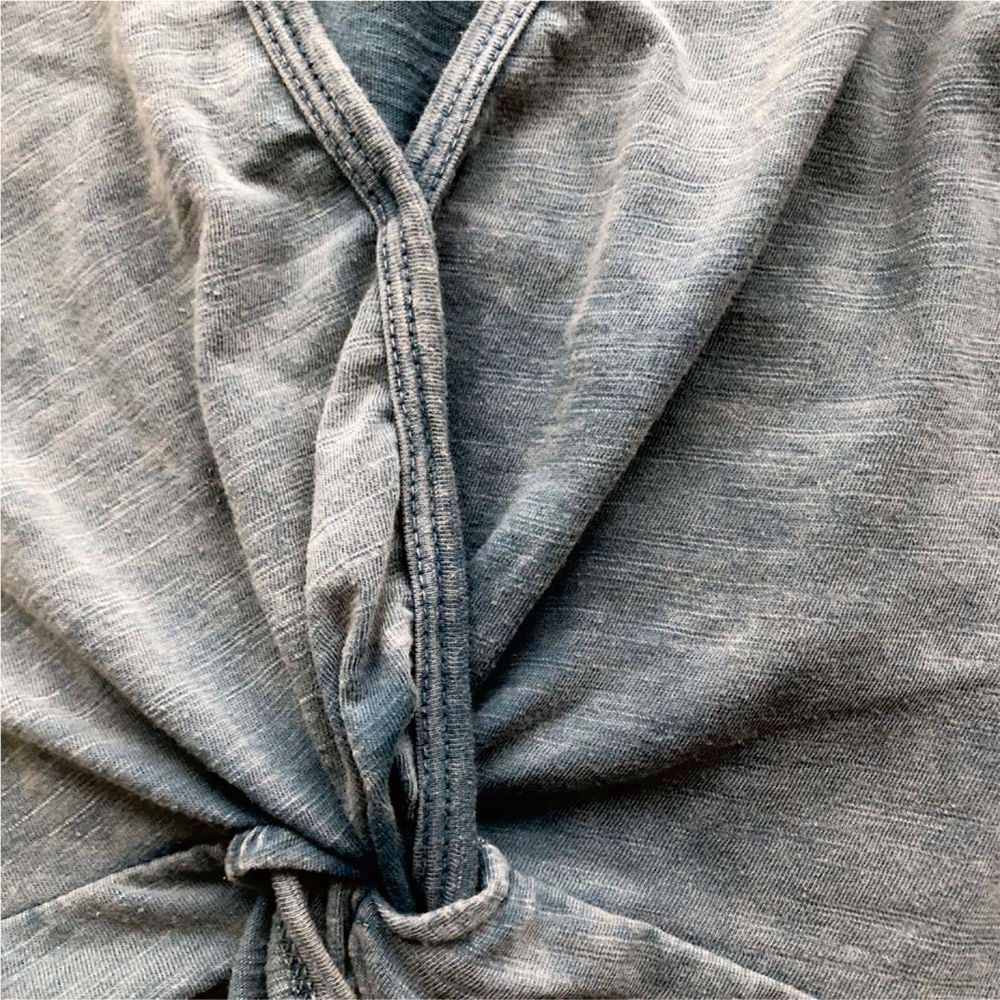
Garment Dyeing
A process specifically designed for dyeing ready-to-wear garments made of cotton or cellulose fibers. It is also known as piece dyeing. Garment dyeing allows for vibrant and captivating colors on the clothing, ensuring that garments dyed using this technique provide a unique and special effect. The process involves dyeing the white garments with direct dyes or reactive dyes, with the latter offering better color fastness. Garments that are dyed after being sewn must use cotton sewing thread. This technique is suitable for denim clothing, tops, sportswear, and casual wear.
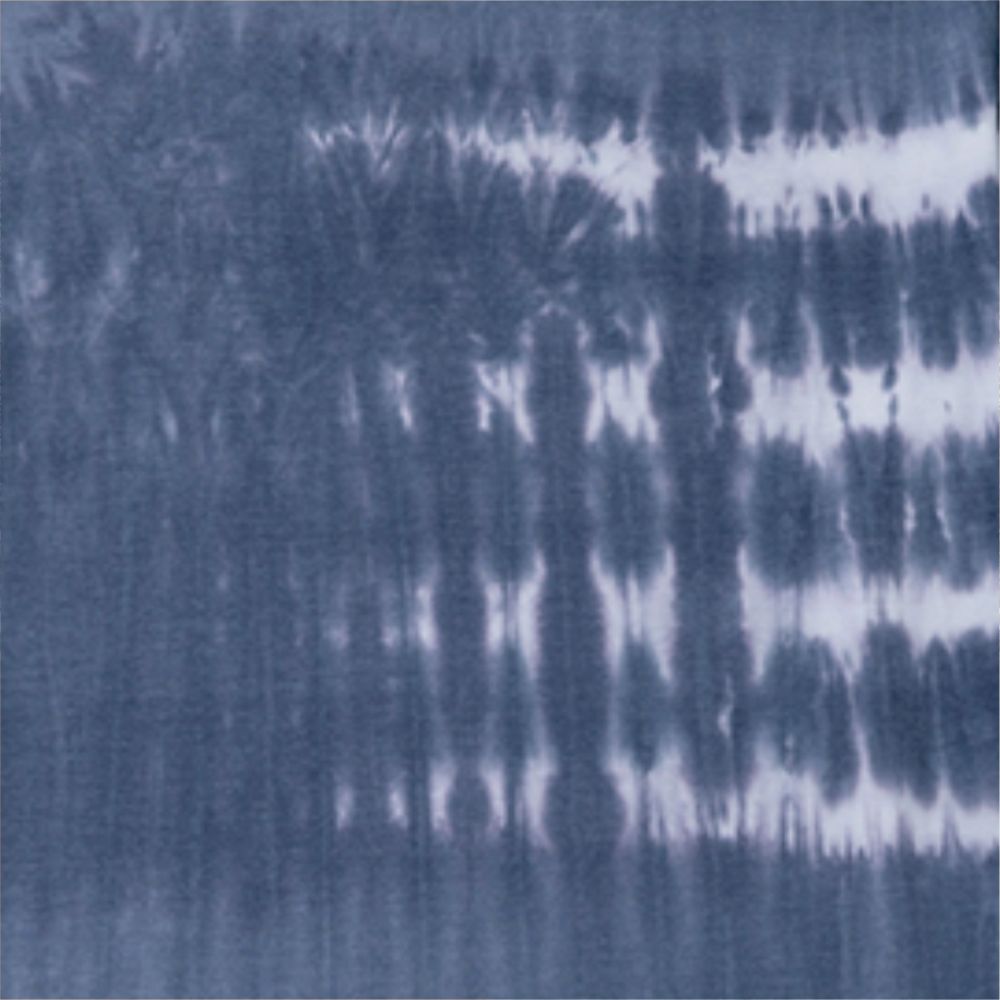
Tie-Dyeing
Tie-dyeing is a dyeing technique where certain parts of the fabric are tightly tied or bound to prevent them from absorbing the dye. The fabric is first twisted, folded, or tied with string before the dyeing process. After the dye is applied, the tied parts are untied and the fabric is rinsed, resulting in unique patterns and colors. This unique artistic effect and vibrant colors can add depth and interest to clothing designs. With advancements in technology, digital processing techniques have been used to create even more diverse artistic forms in tie-dyeing. Traditional fabric textures are twisted and blended to create rich and delicate patterns and color collisions.
Tie-dyeing is suitable for fabrics such as cotton and linen, and can be used for shirts, T-shirts, suits, dresses, and more.
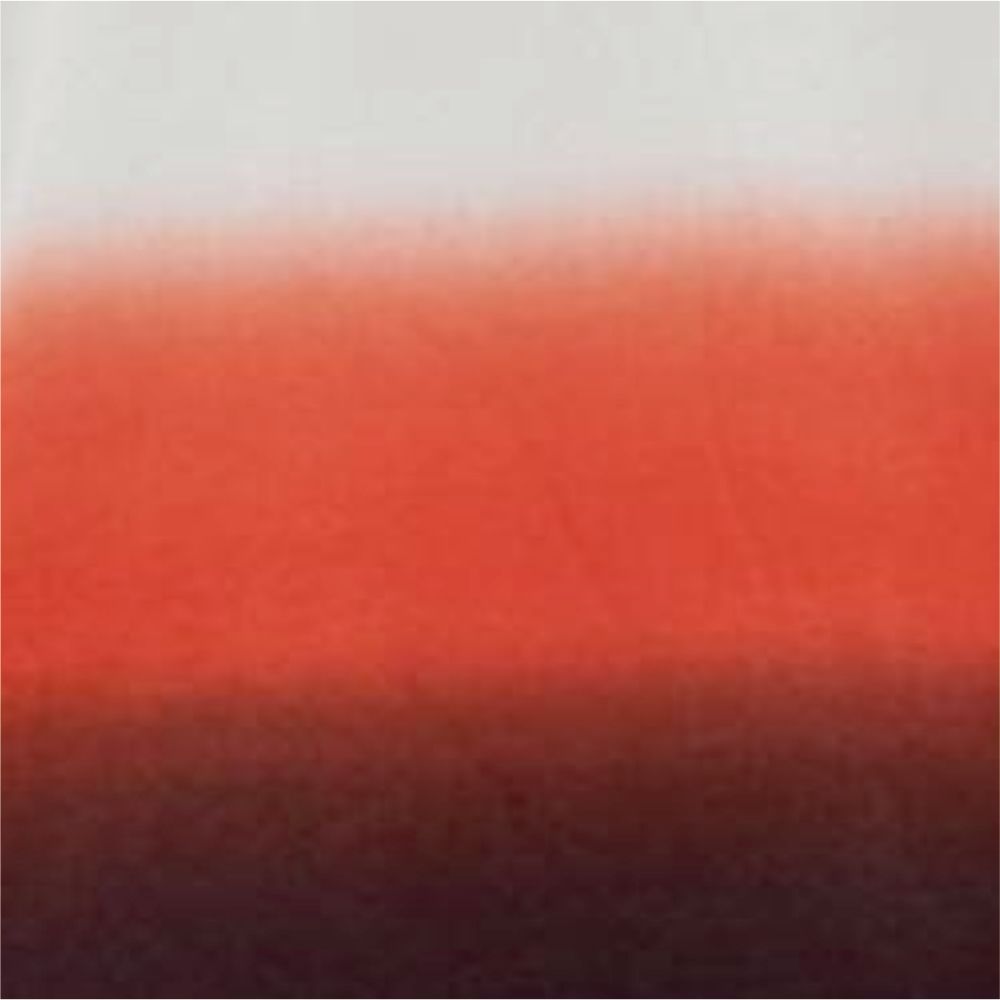
Dip Dye
also known as tie-dye or immersion dyeing, is a dyeing technique that involves immersing a portion of an item (usually clothing or textiles) into a dye bath to create a gradient effect. This technique can be done with a single color dye or multiple colors. The dip dye effect adds dimension to prints, creating interesting, fashionable, and personalized looks that make clothes unique and eye-catching. Whether it's a single color gradient or multi-color, dip dye adds vibrancy and visual appeal to items.
Suitable for: suits, shirts, t-shirts, pants, etc.
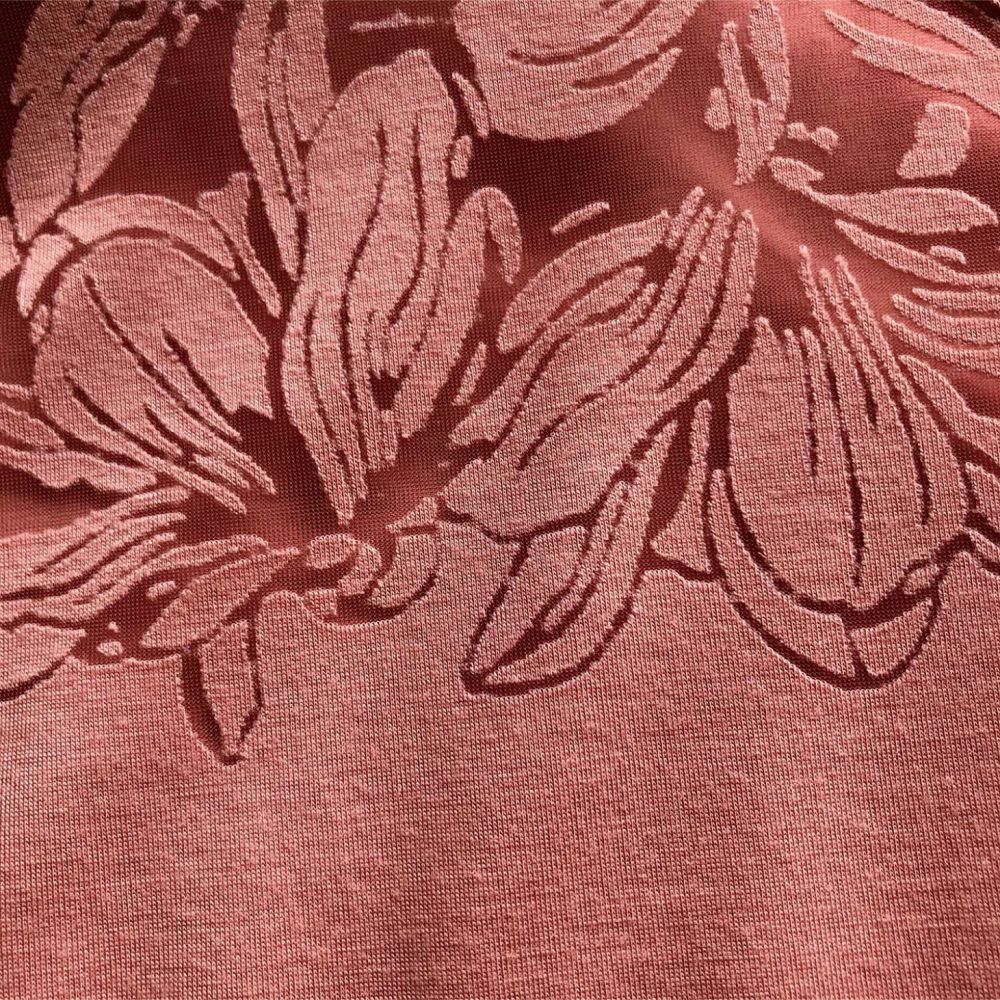
Burn Out
The burn out technique is a process of creating patterns on fabric by applying chemicals to partially destroy the fibers on the surface. This technique is commonly used on blended fabrics, where one component of the fibers is more susceptible to corrosion, while the other component has higher resistance to corrosion.
Blended fabrics are made up of two or more types of fibers, such as polyester and cotton. Then, a layer of special chemicals, typically a strong corrosive acidic substance, is coated onto these fibers. This chemical corrodes the fibers with higher flammability (such as cotton), while being relatively harmless to the fibers with better corrosion resistance (such as polyester). By corroding the acid-resistant fibers (such as polyester) while preserving the acid-susceptible fibers (such as cotton, rayon, viscose, flax, etc.), a unique pattern or texture is formed.
The burn out technique is often used to create patterns with a transparent effect, as the corrosion-resistant fibers usually become translucent parts, while the corroded fibers leave behind breathable gaps.
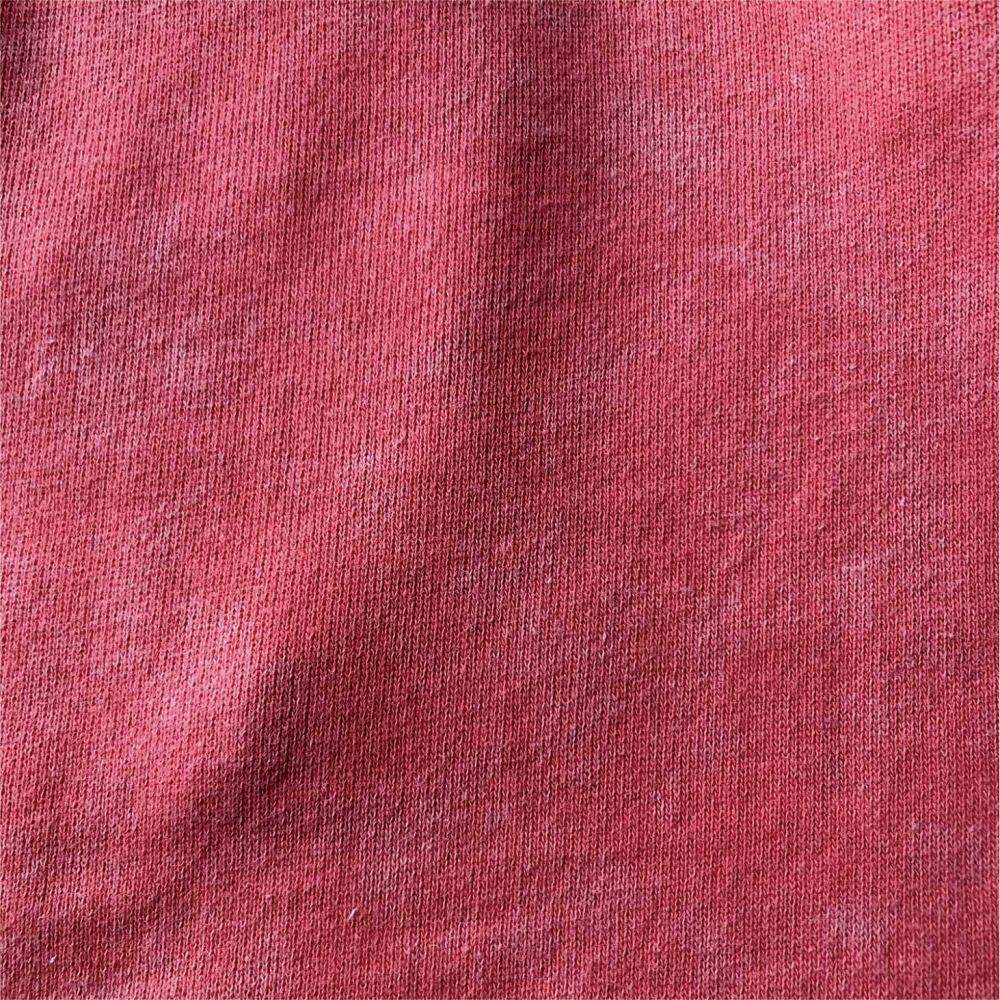
Snowflake Wash
Dry pumice stone is soaked in potassium permanganate solution, and then it is used to directly rub and polish the clothing in a special vat. The pumice stone abrasion on the clothing causes the potassium permanganate to oxidize the friction points, resulting in irregular fading on the fabric surface, resembling white snowflake-like spots. It is also called "fried snowflakes" and is similar to dry abrasion. It is named after the clothing being covered with large snowflake-like patterns due to whitening.
Suitable for: Mostly thicker fabrics, such as jackets, dresses, etc.
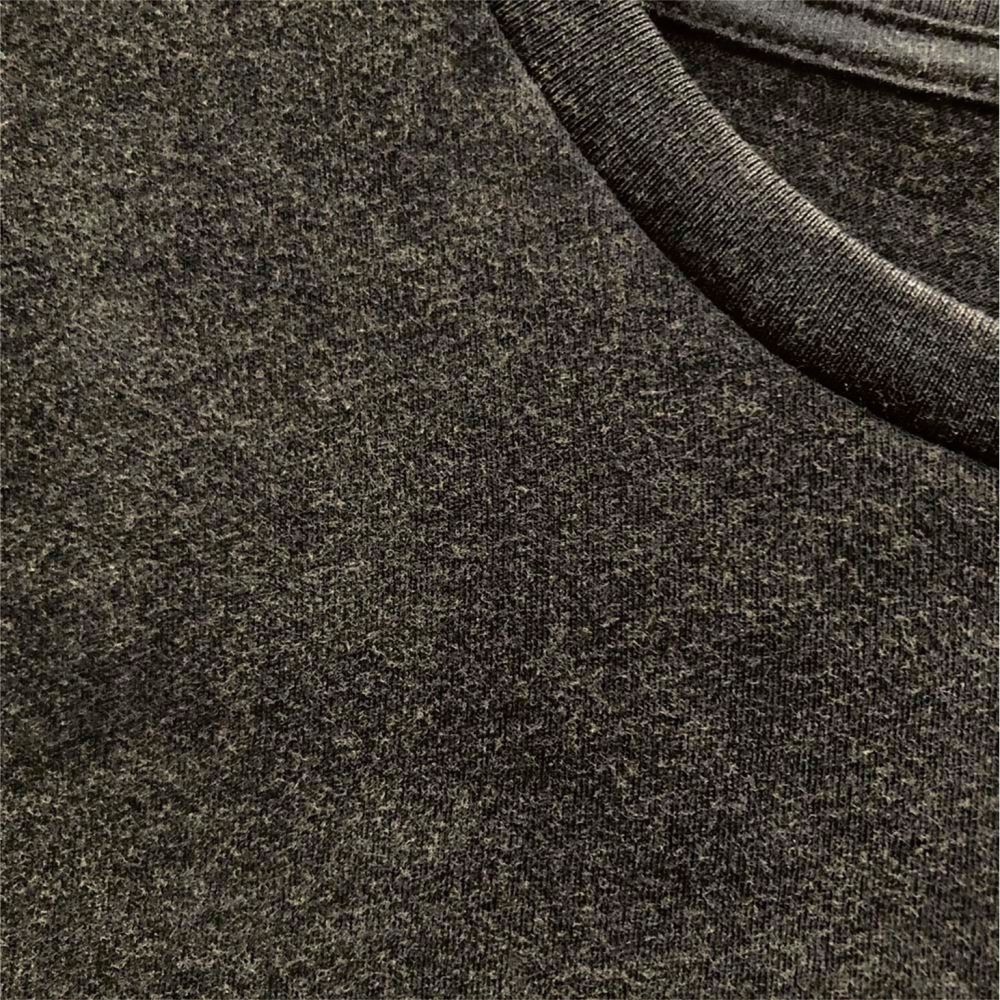
Acid Wash
is a method of treating textiles with strong acids to create a unique wrinkled and faded effect. The process typically involves exposing the fabric to an acidic solution, causing damage to the fiber structure and fading of colors. By controlling the concentration of the acid solution and the duration of treatment, different fading effects can be achieved, such as creating a mottled appearance with varying shades of color or producing faded edges on garments. The resulting effect of acid wash gives the fabric a worn and distressed appearance, as if it has undergone years of use and washing.
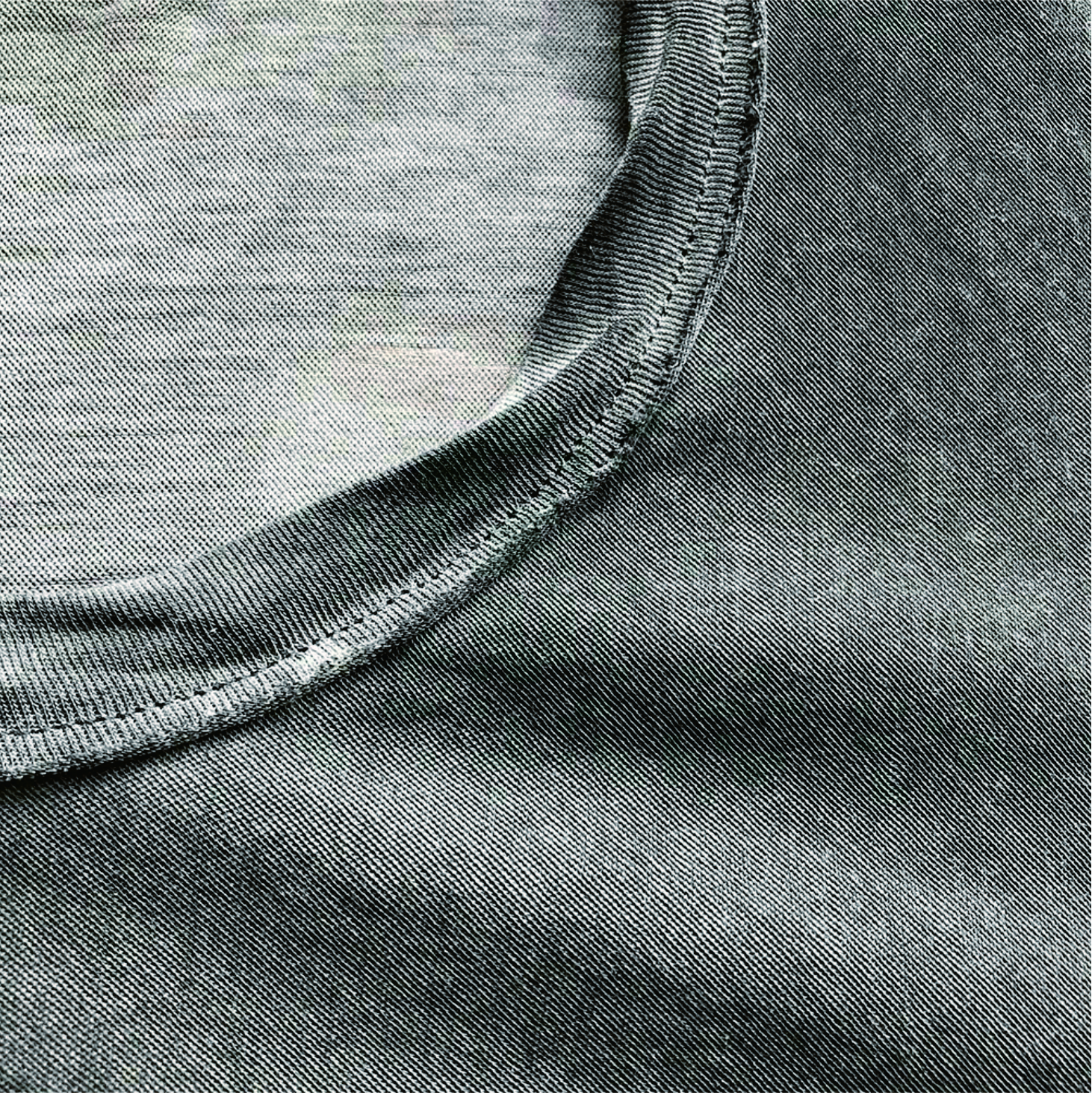
Distressed wash
Creating a distressed look for the dyed garments by fading the color and achieving a worn appearance.
Suitable for: Sweatshirts, jackets, and similar items.
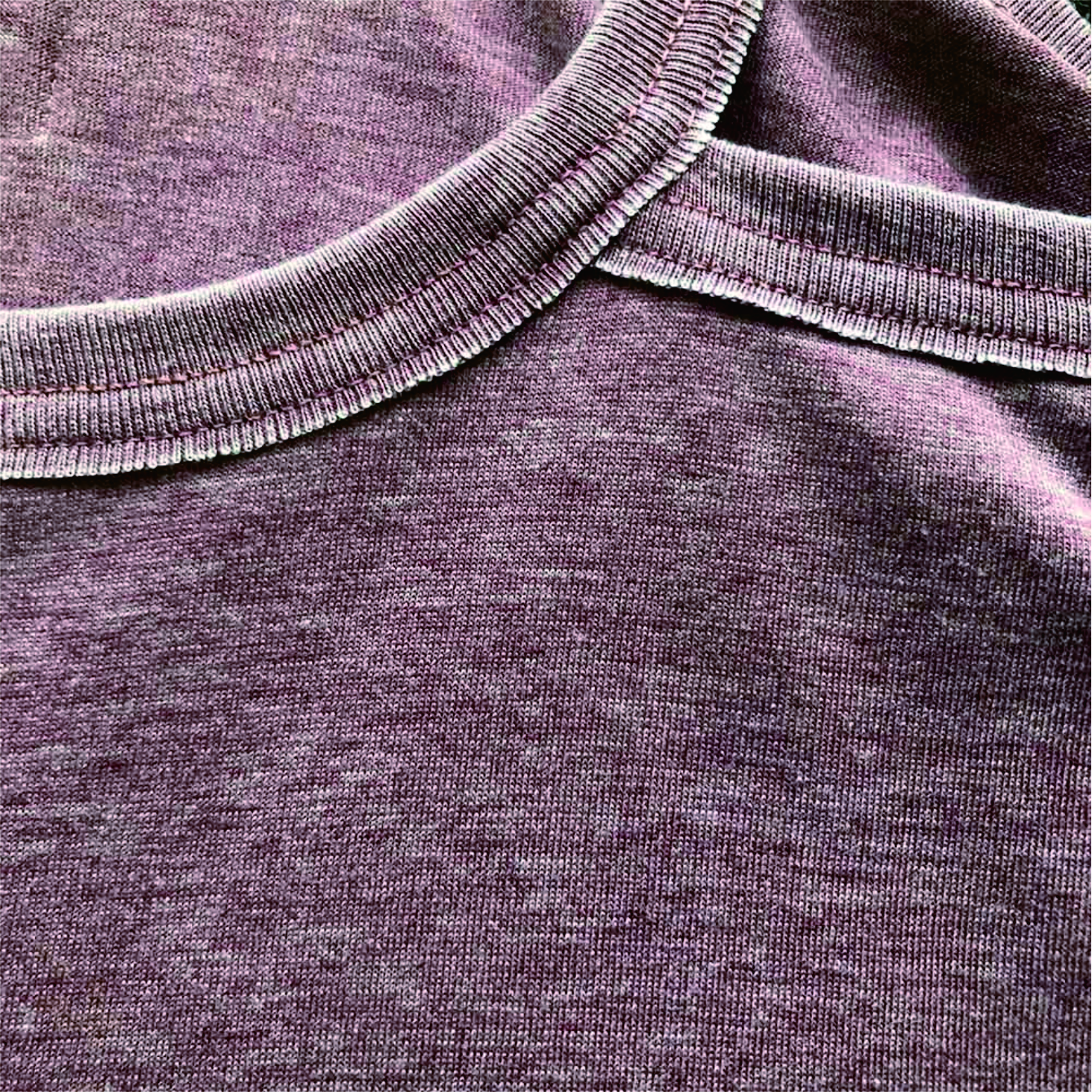
Enzyme wash
Enzyme wash is a process that utilizes cellulase enzymes, which, under specific pH and temperature conditions, break down the fiber structure of the fabric. This method can subtly lighten colors, eliminate pilling (resulting in a “peach skin” texture), and provide enduring softness. Additionally, it improves the fabric’s drape and sheen, ensuring a gentle and fade-resistant finish.
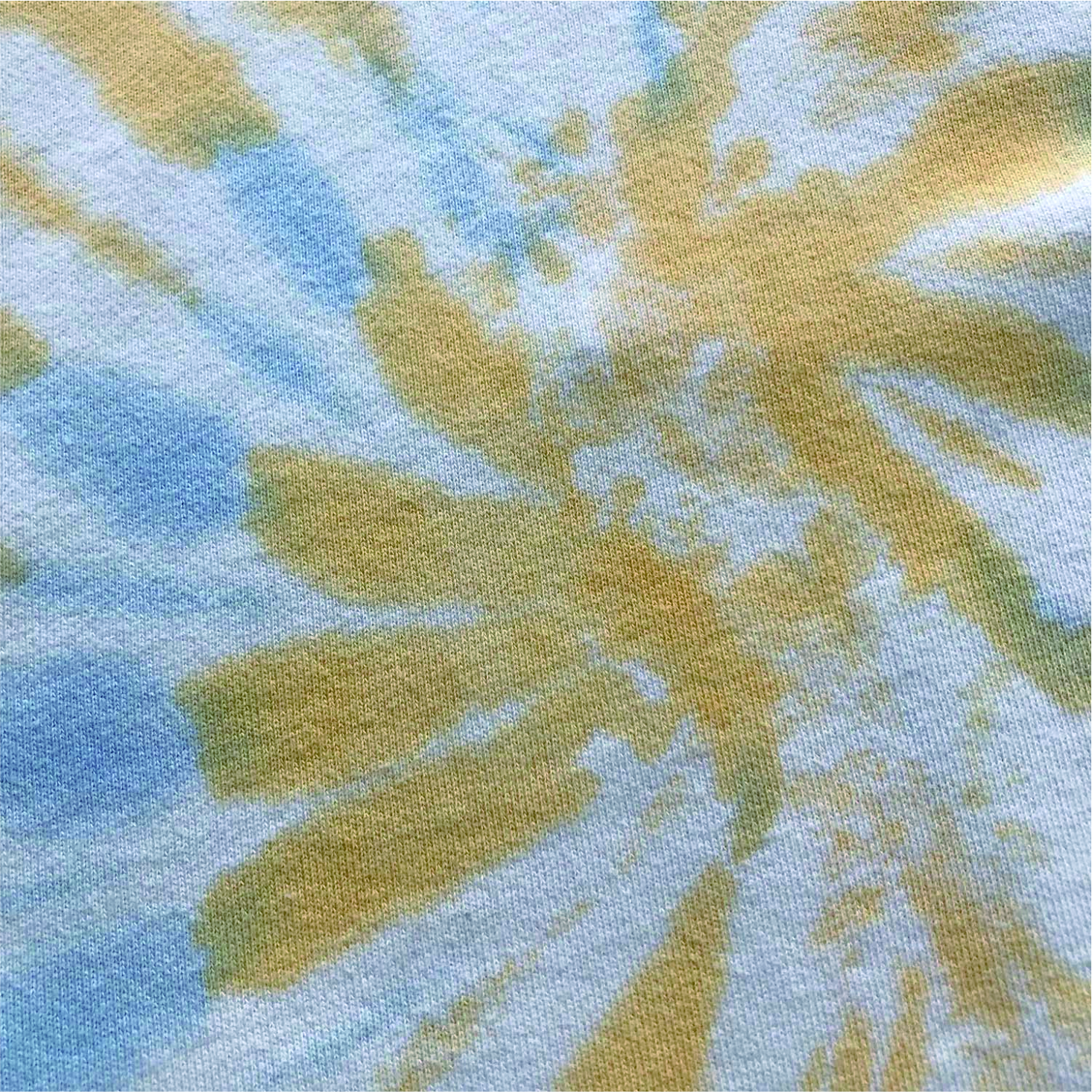
Fabric dyeing
Dyeing the fabric after it has been knitted. The fabric undergoes treatment using specialized machinery for various processes, including packaging, stitching, singeing, desizing, oxygen bleaching, silk finishing, setting, dyeing, finishing, and pre-shrinking, to achieve a range of colors.
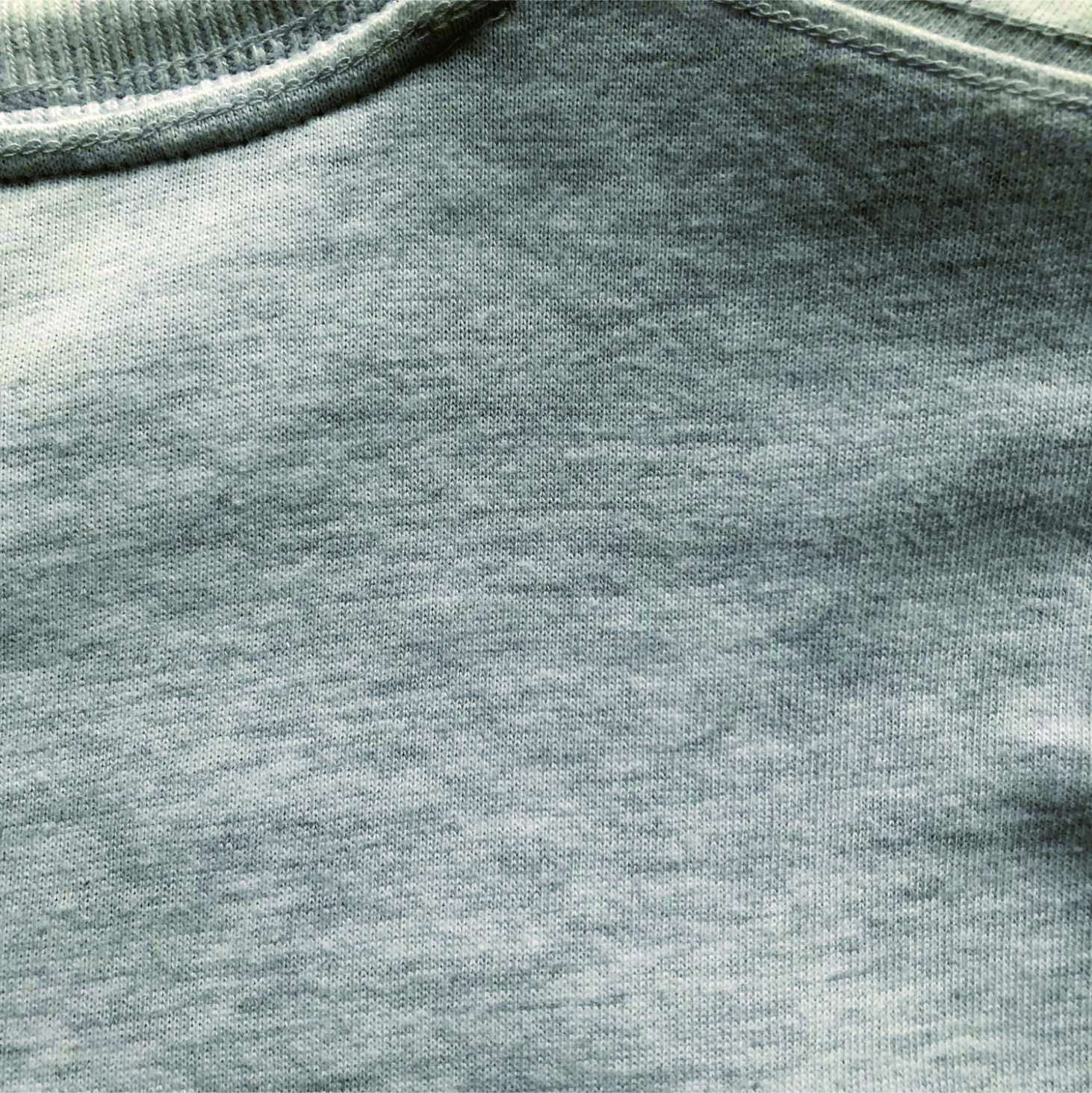
Water wash
Standard washing. The water temperature ranges from approximately 60 to 90 degrees Celsius, with a specific quantity of detergent included. After a few minutes of standard washing, rinse with fresh water and incorporate fabric softener to enhance the softness, comfort, and overall appearance of the fabric, making it look more natural and clean. Typically, depending on the washing duration and the volume of chemicals utilized, it can be categorized as light standard wash, standard wash, or heavy standard wash.
Suitable for: T-shirts, trousers, jackets, and all kinds of garments.
RECOMMEND PRODUCT




